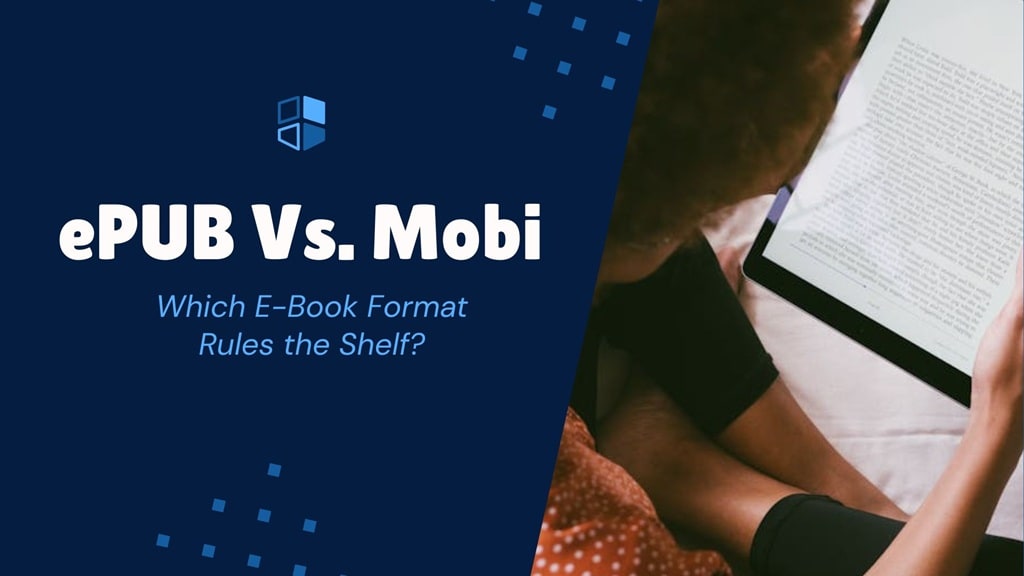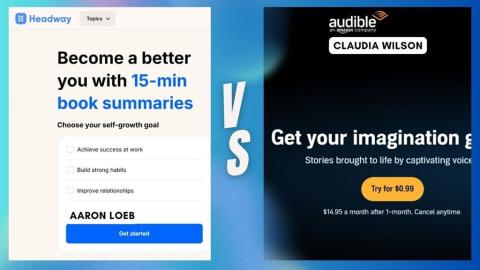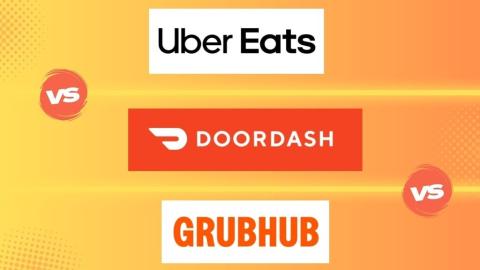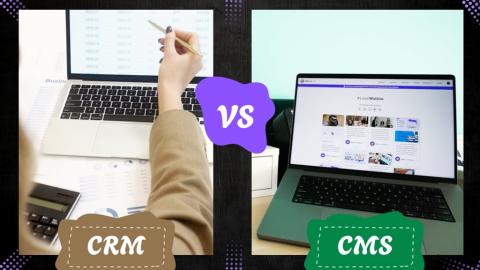If you’ve ever downloaded an e-book, you’ve probably come across terms like ePUB and Mobi. But what’s the deal with these formats, and why should you care?
In this article, we’re diving deep into the ePUB vs. Mobi showdown to help you figure out which one’s the best fit for your reading vibes. Whether you’re a Kindle stan or an iPad enthusiast, we’ve got you covered with all the juicy details.
What Are ePUB and Mobi, Anyway?
Before we jump into the ePUB vs. Mobi debate, let’s break down what these formats actually are. Think of them as the containers for your e-book’s content—text, images, and all that good stuff.
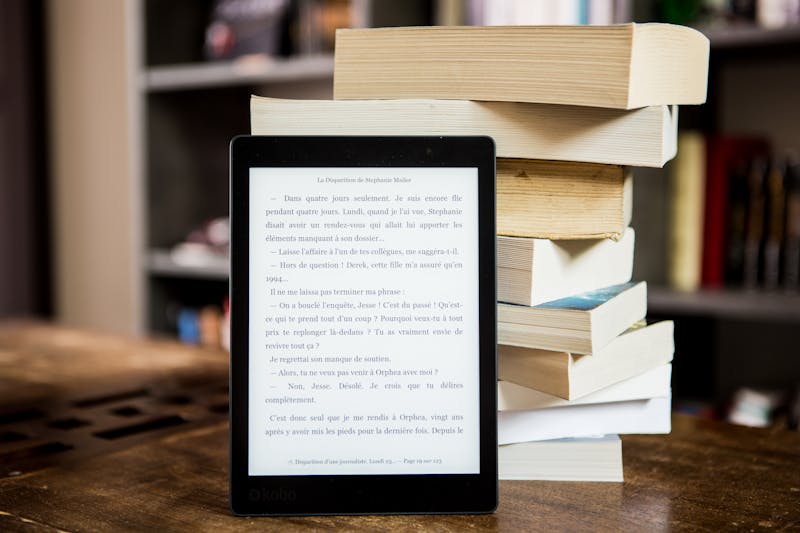
They’re like the digital equivalent of choosing between a paperback or hardcover, except it’s about how your e-book behaves on your device.
ePUB
ePUB (short for electronic publication) is like the free-spirited artist of e-book formats. It’s flexible, widely supported, and works on pretty much any device except older Kindles.
ePUB files are “reflowable,” meaning the text adjusts to fit your screen size, making it super reader-friendly.
Mobi
Mobi (short for Mobipocket) is the old-school format tied to Amazon’s Kindle ecosystem. It’s a bit more rigid but was the go-to for Kindle users back in the day.
Mobi is still around, though Amazon has largely shifted to newer formats like AZW and AZW3 (more on that later).
Both formats have their quirks, so let’s unpack the pros and cons to see how they stack up.
The Pros and Cons of ePUB
Let’s start with ePUB, the format that’s basically the cool kid on the block. Here’s why it’s awesome—and where it falls short.
Why ePUB Rocks
- Universal Compatibility: ePUB works on almost everything—iPhones, Androids, iPads, Nooks, Kobos, you name it. If you’re not locked into the Kindle world, ePUB is your best friend.
- Reflowable Goodness: Reading on a tiny phone screen or a giant tablet? ePUB adjusts the text to fit perfectly, so you’re not squinting or scrolling endlessly.
- Interactive Features: ePUB supports multimedia like audio, video, and interactive graphics, which is great for textbooks or enhanced e-books.
- Open Standard: ePUB is an open format, meaning it’s not controlled by one company. This makes it a favorite for indie authors and publishers.
Where ePUB Stumbles
- Kindle Limitations: Older Kindles don’t play nice with ePUB (boo, Amazon!). You’ll need to convert ePUB files to read them on those devices, which is a hassle.
- File Size: ePUBs with lots of images or multimedia can get bulky, slowing down your device.
The Pros and Cons of Mobi
Now, let’s talk Mobi, the format that’s like the loyal sidekick to Amazon’s Kindle empire. Here’s the lowdown.
Why Mobi’s Still Got It
- Kindle Native: If you’re a Kindle user, Mobi is your jam. It’s designed to work seamlessly with Amazon’s ecosystem, so you can buy, download, and read without a hitch.
- Smaller File Sizes: Mobi files are often more lightweight than ePUBs, which means faster downloads and less storage space hogging.
- Simple and Reliable: Mobi doesn’t try to do too much. It’s great for straightforward text-heavy books like novels or non-fiction.
Where Mobi Falls Flat
- Limited Flexibility: Mobi isn’t as adaptable as ePUB. It’s not reflowable in the same way, so the reading experience can feel clunky on non-Kindle devices.
- Outdated Tech: Mobi is kind of a dinosaur. Amazon’s newer formats (AZW and AZW3) have replaced it for the most part, so Mobi feels like a relic.
- Device Restrictions: Want to read a Mobi file on your Kobo or iPad? Good luck—you’ll likely need to convert it first.
ePUB Vs. Mobi: Key Differences at a Glance
Still torn between ePUB vs. Mobi? Here’s a quick side-by-side comparison to make things crystal clear:
| Feature | ePUB | Mobi |
|---|---|---|
| Compatibility | Almost all devices (except older Kindles) | Mostly Kindle devices |
| Reflowable Text | Yes, adjusts to screen size | Limited, less flexible |
| Multimedia Support | Audio, video, interactive content | Basic images and text only |
| File Size | Can be larger with multimedia | Generally smaller |
| Ecosystem | Open standard, widely used | Tied to Amazon’s Kindle |
What About Amazon’s AZW and AZW3?
Okay, plot twist: Amazon doesn’t even use Mobi as its main format anymore.
Enter AZW and AZW3 (also called KF8), Amazon’s proprietary formats. These are like Mobi’s cooler, more advanced cousins.
AZW3, in particular, supports reflowable text and multimedia, making it closer to ePUB in functionality but still locked to Amazon’s ecosystem.
So, why are we even talking about Mobi?
Well, some older e-books are still in Mobi format, and it’s worth understanding if you’re dealing with legacy files or buying from certain retailers.
But if you’re choosing between ePUB vs. Mobi for new e-books, ePUB is usually the safer bet unless you’re all-in on Kindle.
Which Format Should You Choose?
So, ePUB vs. Mobi—who wins? It depends on your setup and reading habits. Here’s a quick guide to help you decide:
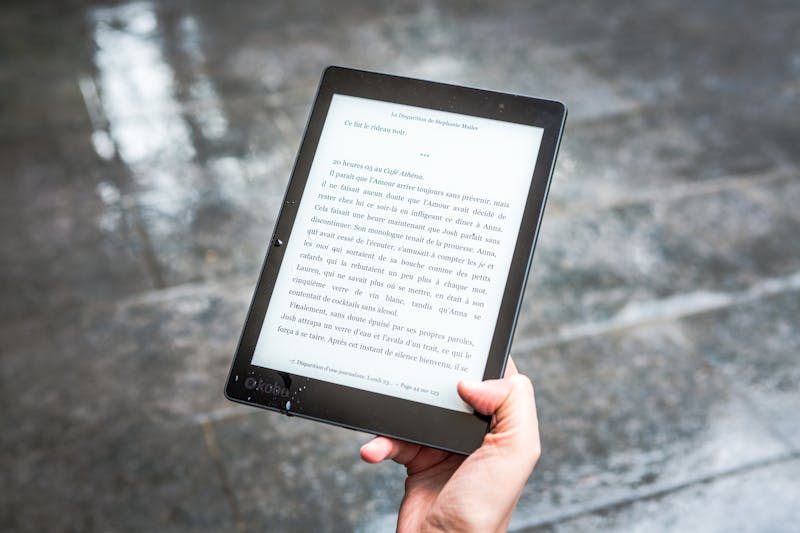
Go for ePUB if…
- You read on multiple devices (phone, tablet, e-reader, etc.).
- You want a flexible, future-proof format that’s widely supported.
- You’re into enhanced e-books with multimedia or interactive content.
Stick with Mobi (or AZW/AZW3) if…
- You’re a die-hard Kindle user and rarely read outside Amazon’s ecosystem.
- You’re dealing with older e-books or specific retailers that only offer Mobi.
- You prefer lightweight files for quick downloads.
Pro tip: If you’re stuck with the wrong format, tools like Calibre (a free e-book management software) can convert between ePUB, Mobi, and other formats in a snap. Problem solved!
Wrapping Up the ePUB Vs. Mobi Showdown
At the end of the day, both ePUB and Mobi have their strengths, but ePUB is the more versatile and modern choice for most readers.
Read Also
Its compatibility, reflowable text, and support for multimedia make it a winner in the ePUB vs. Mobi battle—unless you’re tethered to Amazon’s Kindle world.
Whichever you choose, the most important thing is getting lost in a good book, right?
